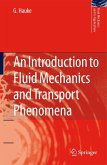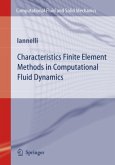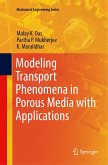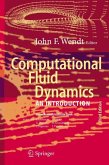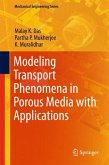This textbook covers essentials of traditional and modern fluid dynamics, i. e. , the fundamentals of and basic applications in fluid mechanics and convection heat transfer with brief excursions into fluid-particle dynamics and solid mechanics. Specifically, it is suggested that the book can be used to enhance the knowledge base and skill level of engineering and physics students in macro-scale fluid mechanics (see Chaps. 1-5 and 10), followed by an int- ductory excursion into micro-scale fluid dynamics (see Chaps. 6 to 9). These ten chapters are rather self-contained, i. e. , most of the material of Chaps. 1-10 (or selectively just certain chapters) could be taught in one course, based on the students' background. Typically, serious seniors and first-year graduate students form a receptive audience (see sample syllabus). Such as target group of students would have had prerequisites in thermodynamics, fluid mechanics and solid mechanics, where Part A would be a welcomed refresher. While introductory fluid mechanics books present the material in progressive order, i. e. , employing an inductive approach from the simple to the more difficult, the present text adopts more of a deductive approach. Indeed, understanding the derivation of the basic equations and then formulating the system-specific equations with suitable boundary conditions are two key steps for proper problem solutions.




